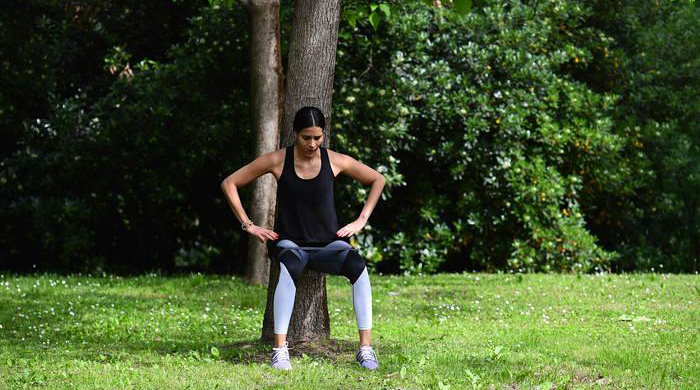The premier department’s sports office has published a 32-page document setting the criteria for the gradual resumption of sporting activity in phase two of the coronavirus emergency.
Athletes of ‘National Interest’
This starts from training for athletes’ of individual disciplines, professional and non, who are recognised as being of national interest by Italian Olympic Committee CONI, by the CIP and by their respective federations, and for team-sport athletes, as long as the training is done on an individual basis.
Limited access to facilities
The criteria include access to sporting facilities being limited to set numbers, taking people’s temperatures upon entry to them, taking turns on equipment and a minimum distance of at least two metres, which must be respected both inside and outside.
In specific cases, help comes from apps to control and give risk alerts within sports centres and the possibility to do ‘remote’ exercises, including via the use of simulators.
The athletes will be split into two macro groups: COVID+ athletes (athletes whose status is confirmed and who have recovered and athletes who have had symptoms, according to a health official) and COVID- (displayed no symptoms or not tested).
Regular testing
Before returning to action they will all be subject to clinical examinations by health officials and a swab (or another rapid, validated test) and, if they are negative, they will have to still periodically have a swab or another fast test (every four days), until there are new government regulations.
The main contagion-preventing measures recommended are distancing, hand and surface hygiene, and the use of masks and visors.
However, the sports office highlights the fact that “these risk-mitigation measures are difficult to apply in many moments of sporting activity, including in training, for all levels, from amateur to professional”. Specifically, the use of facemasks and visors is often incompatible with pushing the body hard and with many sporting gestures.
That is why limited numbers at facilities and the replacement (where possible) of activities with virtual alteratives is advised.
Interpersonal distances
Then every sport has different interpersonal distances and there is also the need for the distancing to be proportionate to the physical effort performed by the athlete.
For walking and running, for example, sports doctors federation FMSI recommends a distance of five to 10 metres.
Special attention is given to the need for the constant sanification of sports centres and the personnel inside: they must all respect the basic rules to combat contagion.
As for the athletes, psychological support is considered fundamentally important in order to prevent and combat conflict, to address any possible reluctance to return to sports sites, an eventual reduction in motivation and performance, any possible difficulty in finishing activities due to anxiety, and the risk of injury linked to stress and trouble concentrating.
Read more:
Source: Ansa
Fonte Salute.gov.it News
